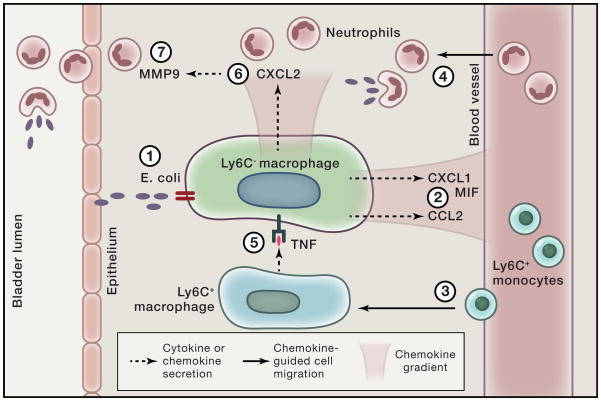Figure 2. Tissue resident cells coordinate neutrophil recruitment through epithelial cell layers.
Resident Ly6C− macrophages sense infection by E. coli (1) and produce MIF and CXCL1 (2), which recruit monocytes (3) and neutrophils (4), respectively, from the circulation into the interstitial space of the bladder. Newly recruited Ly6C+ monocytes release TNF (5), which induces Ly6C− macrophages to release CXCL2 (6). CXCL2 stimulates neutrophils to produce MMP9 (7), which enables them to cross the uroepithelium and reach the bladder lumen to control infection from invading pathogens.

